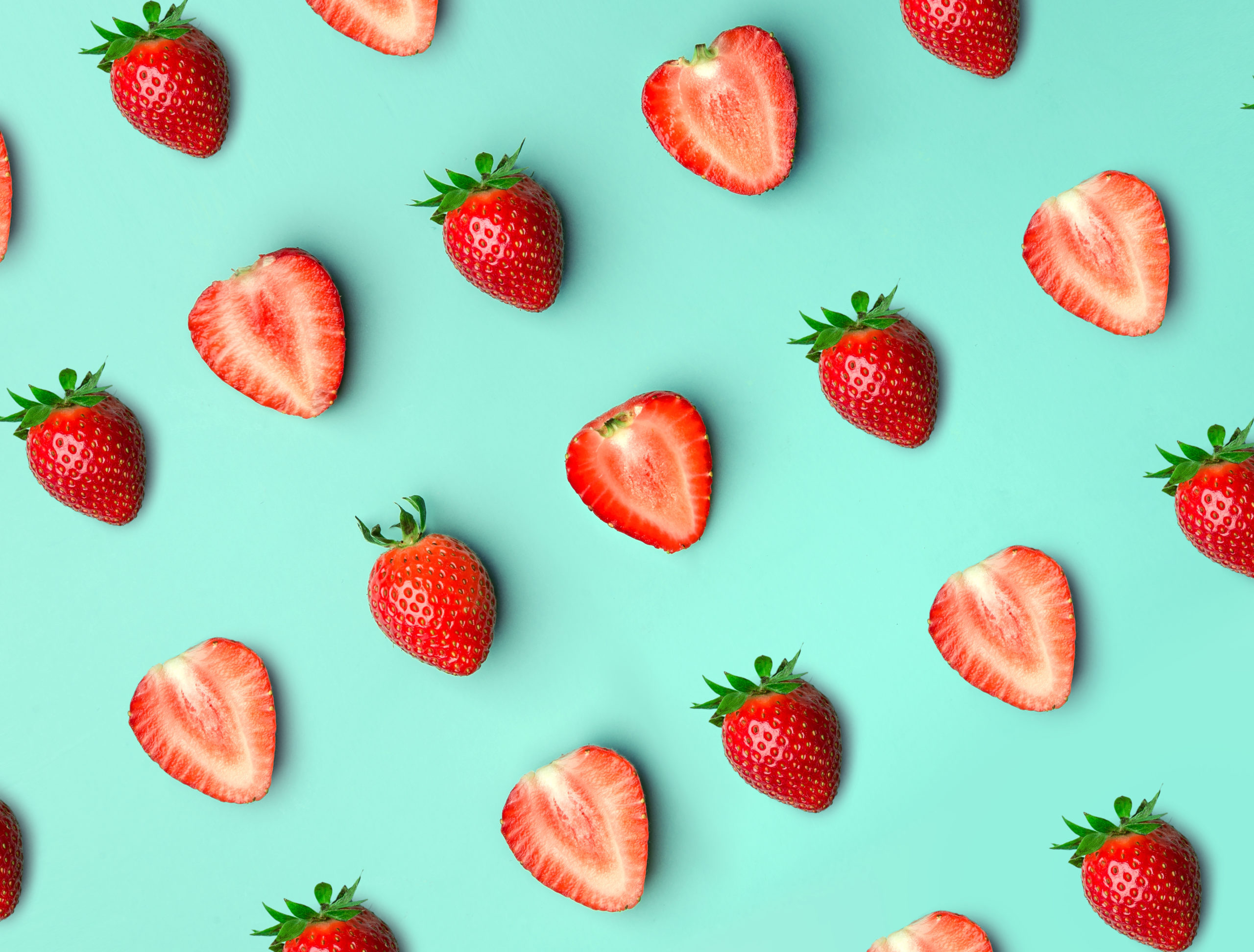Medically Reviewed by Saman Aboudi, M.D.

Vitamin C is essential to a healthy diet. The down part, though, is that not only can the human body not create vitamin C on its own, it also doesn’t store it very well, which means you need to get the right amount in order to fully experience the benefits.
According to the National Institute of Health, the recommended daily allowance for vitamin C is anywhere between 75 and 90 milligrams (mg) for adults and 25 and 65 mg for kids between the age of 4 and 18. The best sources of vitamin C are fruits and vegetables, but anyone with kids can tell you that veggies are often a tough sell. Broccoli and cauliflower are some of the healthiest things you can eat, but good luck getting your 8-year-old to try them. Luckily, there are many fruit options that are packed with vitamin C and taste delicious, to boot. Working them into your family’s diet is an easy way to get everyone the nutrients they need while avoiding mealtime catastrophe.
As part of our family medicine practice, we focus on promoting healthy diets for you and your loved ones. Here are the top five fruits packed with vitamin C.
This is probably the first place your mind goes when you think of vitamin C, and for good reason. Oranges, like all citrus fruits, have lots of it – up to 51 mg per serving. You can serve oranges for breakfast or during the day as a snack. Also, avoid orange juice. The condensed nature of juice significantly increases the amount of sugar, which undercuts your vitamin C intake.
Some people in your family might not enjoy the acidic flavor of oranges. In that case, strawberries are a great alternative. They have a softer, sweeter flavor and pair well with breakfast food. If you’re really clever, you can serve them with Greek yogurt and pass it off as a kind of healthy dessert. (Be forewarned: older, more experienced kids will call your bluff immediately.) One strawberry only has 7 mg of vitamin C, so make sure to indulge in a few bites.
Believe it or not, kiwis come with more vitamin C than oranges – there is 70 mg per medium-size serving. They are also high in fiber and rich in antioxidants. You might want to peel them before serving – the skin is brown and fuzzy, which could gross out your more discerning family members – but there are even more nutrients to be found there, so keep that in mind. Kiwis taste great with strawberries; serve both for a double punch of vitamin C.
If the kiwi is a hit, branch out with papaya, another tropic fruit that has tons of vitamin C – up to 90 mg depending on the serving size. You can also find B vitamins and potassium here. It’s a healthy combination that increases heart health and might help prevent colon cancer. The flavor can be a bit bland compared to kiwi or strawberry, so if you get any resistance from the family, try squeezing some lime juice on top.
Okay, this is a bit of a reach, but hear us out. First, tomatoes are fruit, so technically it counts. But more importantly, tomatoes are a great source of vitamin C, especially when you eat them raw. When tomatoes are processed into, for example, a pasta sauce – aka, one of the only ways kids can stomach them – they lose their healthiness. Try getting away with a Caprese salad – the creamy mozzarella and sweet balsamic might be enough to distract them from the cherry tomato.
If despite your best-efforts tomatoes remain a no-go, there are some more great options out there. Cantaloupe, pineapple, mango, and grapefruit are also rich in vitamin C and are sure to be met with more open arms than tomatoes.
Call Pomona Valley Health Centers today at 909-378-9512 to learn more about nutrition and vitamin C. We remain open during the COVID-19 pandemic, and we are ready to help. Visit us today.




